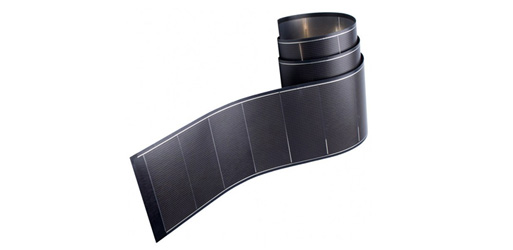|
Home > Case Study
Case StudyThin Film Solar CellIn recent years, new thin film solar cell materials and processes development have attracted a lot of research attention in the renewable energy sector. ASMAC has received requests from several large corporations in the field to provide a solution to their analytical needs in this area. (For more details, please click here.) 
Copper Indium Gallium Selenide (CIGS) is one of the emerging thin film solar cell materials. As it comprises four different elements, it has a more complex constitution than other thin film materials such as Amorphous Silicon (a-Si) and Cadmium Telluride (CdTe). It is vital that the proportion of each of its 4 elements be precisely controlled in order to achieve the optimum solar conversion efficiency. To analyze the elemental composition of the CIGS absorbing layer, common surface analysis techniques such as X-ray Fluorescence (XRF), Energy Dispersive X-ray (EDX), Dynamics Secondary Ion Mass Spectroscopy (D-SIMS) and X-ray Photoelectron Spectroscopy (XPS) can be employed. However, all these analysis techniques belong to the micro-analysis category and the test data can hardly represent the thin film composition in a macro scale. To handle such needs, ASMAC develop several digestions routines for handling chemical composition analysis of CIGS solid thin films deposited on various substrates, as well as the CIG alloy sputter materials and chemicals in the CIGS electro-deposition bath. Together with the analysis techniques mentioned earlier, our clients are able to assess the compositions of these four elements quantitatively, both in a micro and a macro scale. Semi-quantitative compositional distribution on lateral dimension and across the depth can also be determined, thus helping our clients to fine-tune the subsequent process development and quality control in their production lines. |